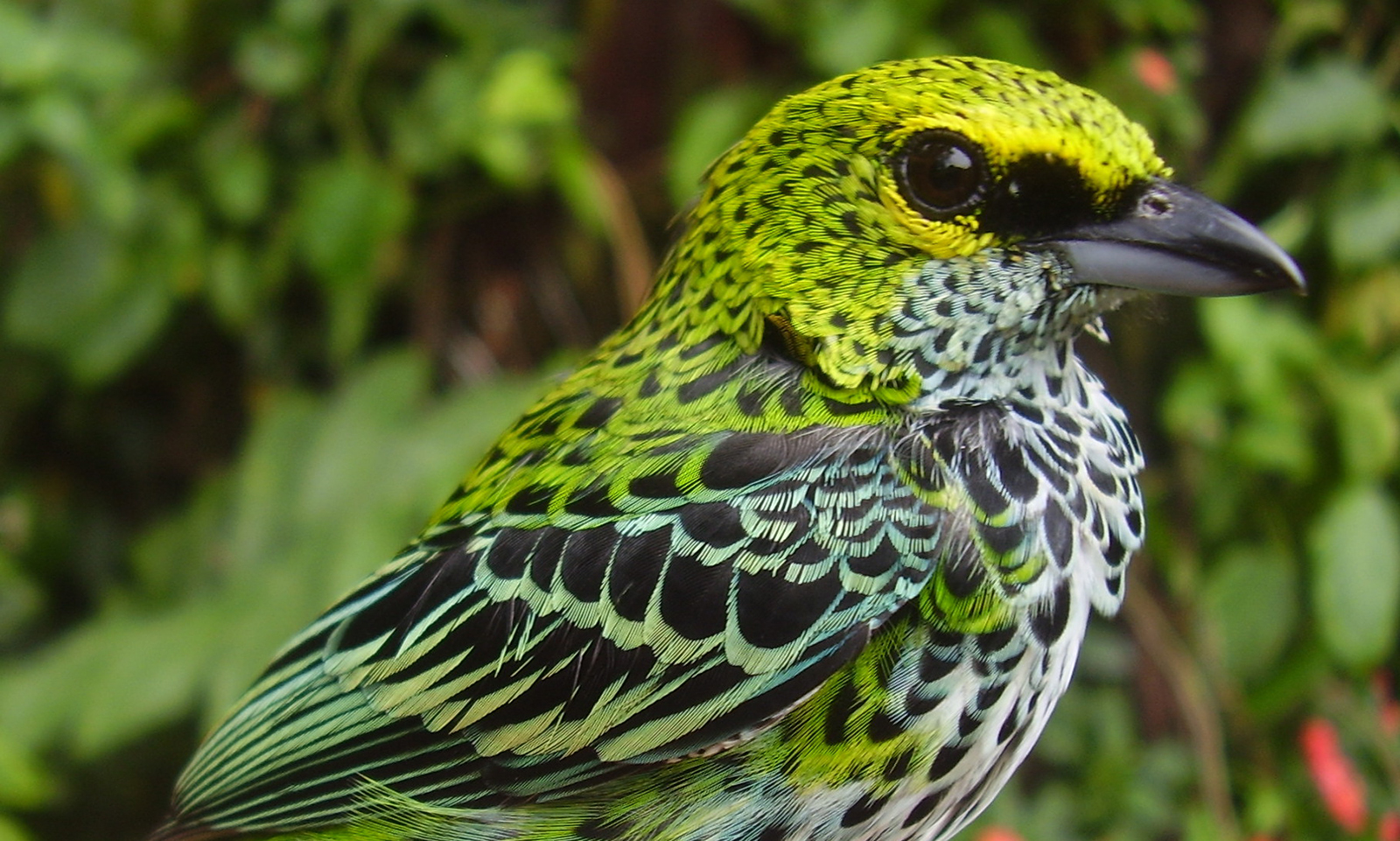By Catherine A. Lindell and Kathryn P. Huyvaert
Horned Screamers, Club-winged Manakins, and Bicolored Antbirds evoke specific memories to those who have seen these species and a great deal of wonderment to those who haven’t. These species, and thousands more, reside in the Neotropical realm with its deserts and rainforests, mangroves and scrublands, and steep elevational gradients, ranging from sea level to the high peaks of the Andes. The Neotropics are notable for the extremely diverse avifauna: well over 4,000 bird species have been recorded, making it the most speciose region in the world. Many of us live in temperate regions where the standard is that migrant birds arrive each year from the tropics, males sing and set up territories to attract females, fledglings happen, and then it’s time to migrate south. Neotropical birds, with their wide diversity of foraging, mating, migration, and parental care behaviors, as well as morphology and interspecific interactions, have broadened our understanding of the various ways birds achieve the goals of survival and reproduction. They have also increased our knowledge about potential responses to anthropogenic threats like habitat fragmentation and climate change.
In this Special Feature on Advances in Neotropical Ornithology, which will run across four issues of Auk and Condor, investigators share knowledge of Neotropical birds they have gained from years of study. In Condor, Neate-Clegg and Şekercioğlu investigate the limited ability of Amazonian agricultural lands to support high species richness, Pizo and Tonetti discover how birds of the Atlantic Forest have responded to forest fragmentation, and Michel et al. delve into ecosystem services provided by Neotropical birds. Stouffer summarizes key results from the 40-year Biological Dynamics of Forest Fragments project from the Amazon. Robinson and Curtis encourage researchers to think about how to generate important new knowledge by setting up and monitoring large plots and Dayer et al. urge consideration of social science as an integral part of conservation efforts in the Neotropics.
Papers in Auk highlight the exceptional diversity of the Neotropics. Jahn et al. explore the great variety of migration strategies and Ellis et al. examine factors related to blood parasite prevalence. Sherry et al. note that insectivorous birds are most diverse in the Neotropics and propose a novel evolutionary hypothesis for the origin and maintenance of insectivore diversity. While this Special Feature advances our appreciation and understanding of Neotropical bird diversity, Lees et al. use the biodiversity shortfall concept to explore gaps in knowledge about Neotropical ornithology and challenges to filling those gaps in the coming years.
Many thanks are due to Jeff Stratford and Kate Huyvaert for working with a great deal of enthusiasm and energy over several years to bring this Special Feature to light. All of the articles will be published together in a special virtual issue in 2021.
